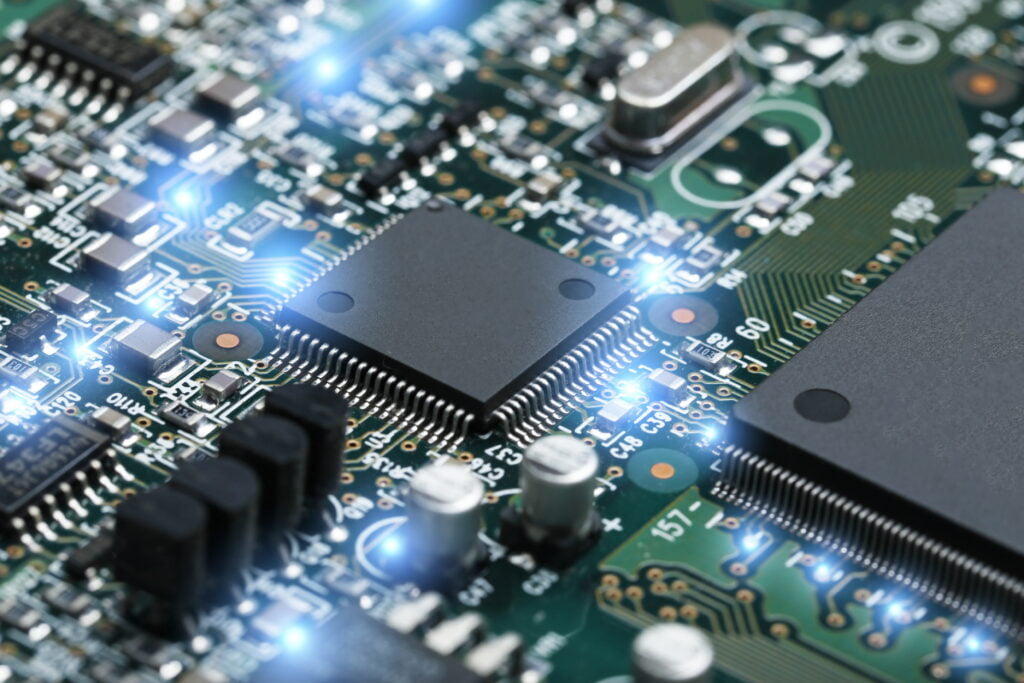FPGA Insights has engaged in an exclusive interview
Q1) Can you provide an overview of your experience with FPGA design projects mentioning a few that you’ve worked on, starting with a brief introduction?
It’s been a great experience overall. The challenges to FPGA design are to come up with an optimum design which emphasizes on the resource, power and efficiency as per the necessary requirements and to decide which of the 3 can be traded off to achieve the final desirable results.
The various projects I have worked on are as follows:
1) Digital Video Switcher: The functionality of this project was to accept multiple video and audio inputs and perform necessary video and audio processing, such as video mixing, overlay, broadcast and audio level control and delay control.
2) Software Defined Radio: It is a radio communication system where the components are implemented using software instead of analog hardware. The main challenge of this project is to provide real-time data processing without data loss.
Q2) Can you explain the benefits of using FPGAs over other types of processors?
FPGAs are advantageous when a lot of parallel processing needs to be done. The amount of parallel processes a CPU can do depends on the number of cores present in the CPU. However an FPGA can do any number of parallel processes as long as the design does not run out of resources.
FPGAs are also used along with CPUs to off-load some of the CPU processing load (hardware acceleration). FPGAs are reprogrammable and thus new features can be added on at a later time without any hardware changes provided the design meets the resource and power limitations.
However the use of FPGA or Processor comes down to multiple factors like the required processing capability and time constraints for the processing.
In case of low computations with not so stringent timing limitations low end processors are much preferred since they provide various interfaces a software developer can use for Application/GUI based configuration. In case of FPGAs which require a GUI/Application for configuration an SoC based hardware is preferred.
Q3) Key drivers behind the increasing adoption of FPGAs in various applications and industries?
FPGAs provide faster computational and processing capabilities than processors and hence many designs use FPGAs.
Q4) Sectors that stand to benefit the most from FPGA integration, and why?
Sectors which require real-time processing like telecommunications, video processing, audio processing benefits a lot by using FPGAs due to the low latency, high performance and parallel computational features provided by an FPGA.
Q5) Advice for students and professionals interested in pursuing a career in FPGA development to stay updated with the latest trends and technologies.
Advice for fresher level candidates would be to improve the digital logic and VLSI related knowledge along with the field they want to pursue the FPGA career in. Digital logic and VLSI concepts will help in the RTL design whereas field related knowledge, example – in case of video processing the candidate should be aware of the different concepts based on which a video interface works (resolution, frame rate, sync, etc), would help in design architecture.
Also knowledge of various interfaces such as SPI,I2C,DDR-RAM,UARTs,etc would be beneficial since those are commonly used interfaces for communicating between FPGA and various ICs required to achieve system functionality.












